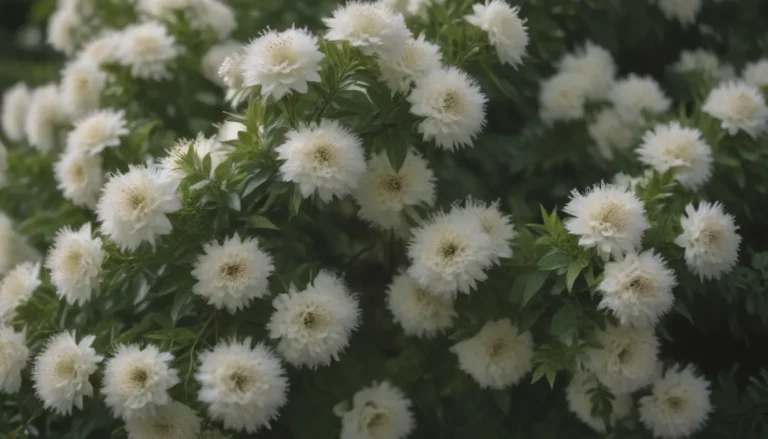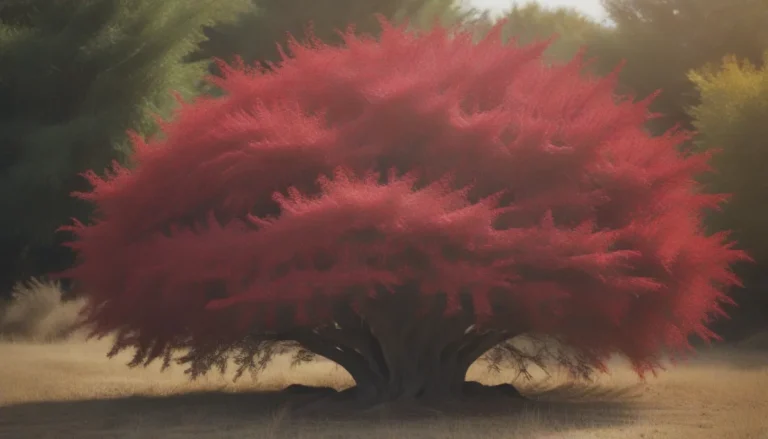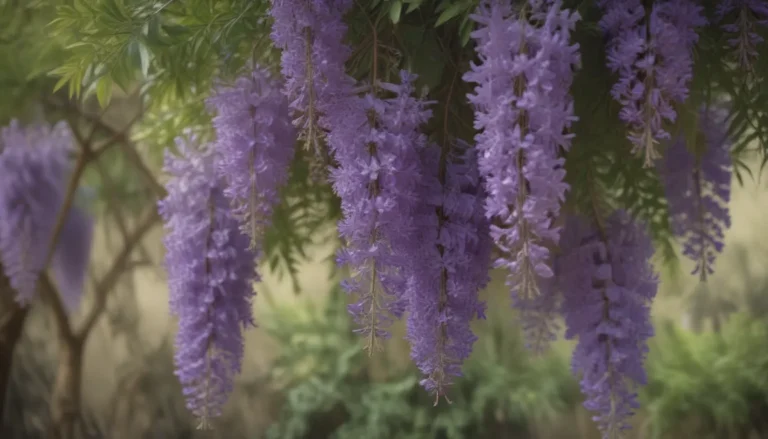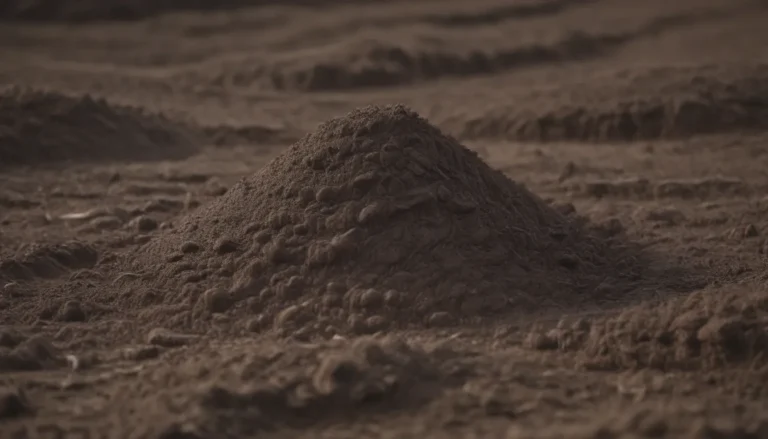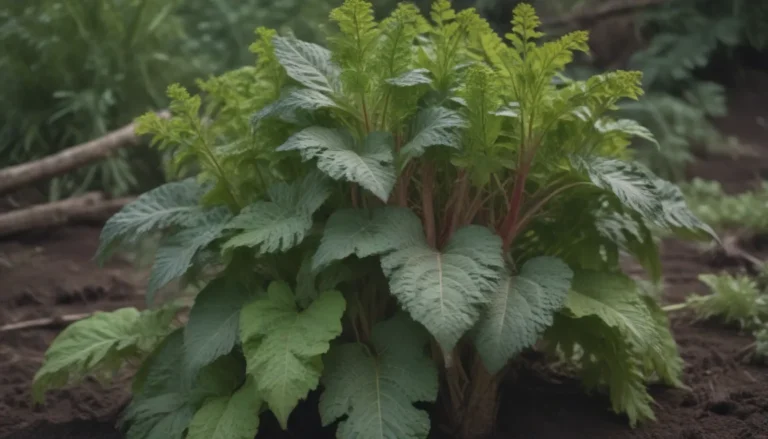How to Grow and Care for Dwarf Morning Glory: A Comprehensive Guide
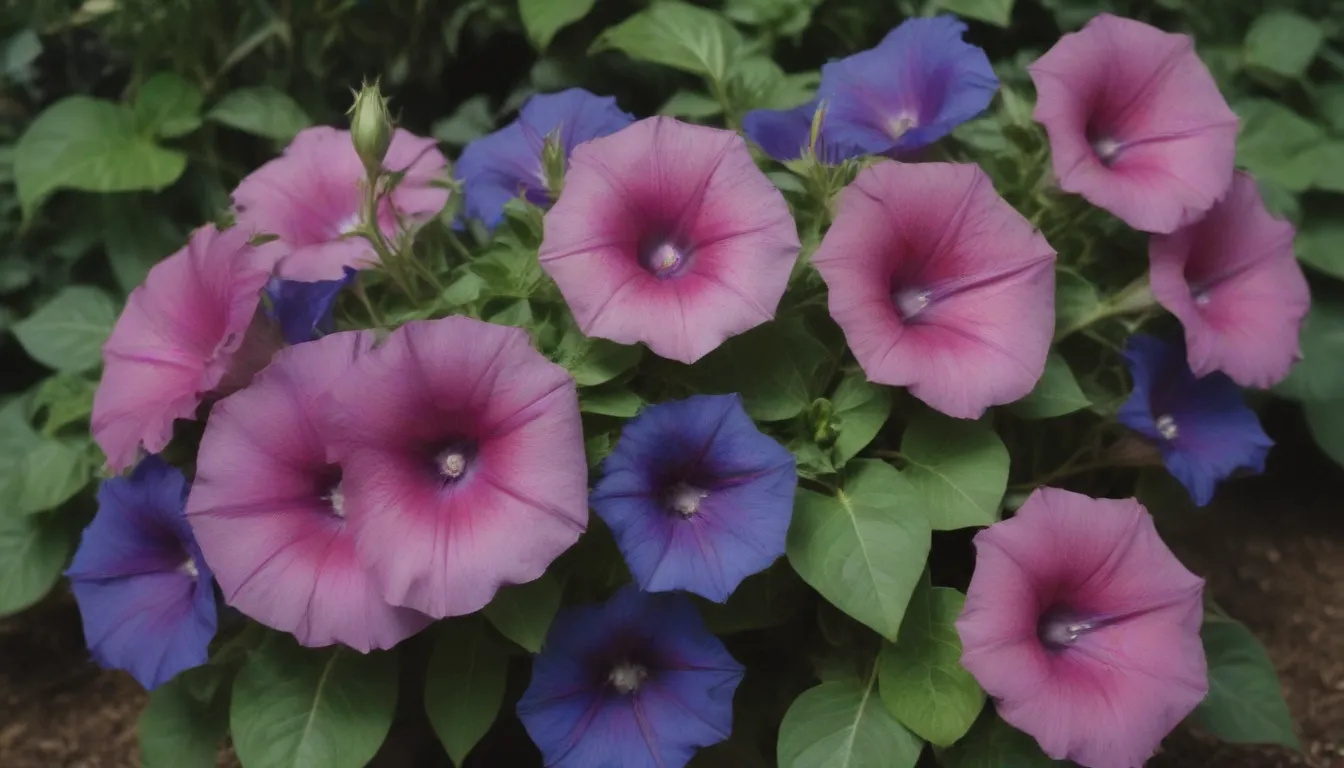
Are you looking to add a pop of vibrant blue to your garden? Look no further than the stunning dwarf morning glory, also known as blue daze. This beautiful plant produces rare true-blue blooms over a mat of fuzzy, silvery-green oval-shaped leaves, making it a delightful addition to any garden or landscape.
In this comprehensive guide, we will walk you through everything you need to know to grow and care for dwarf morning glory, from planting to propagation to common problems and solutions. So grab your gardening gloves and let’s get started!
What is Dwarf Morning Glory?
Dwarf morning glory, scientifically known as Evolvulus glomeratus, is a member of the morning glory family native to Brazil. Unlike its climbing cousin, dwarf morning glory is a low, mounding plant that is sometimes grown as a ground cover. It blooms from late spring until the first frost, attracting bees and butterflies with its nectar-rich flowers.
Planting Dwarf Morning Glory
Dwarf morning glory is usually planted from a potted nursery start in the spring after all danger of frost has passed. It is a fast-growing plant that will reach flowering maturity within a few weeks. To ensure the best results, follow these planting tips:
- Plant in well-draining soil
- Choose a location that receives at least six to eight hours of direct sunlight
- Water consistently, but avoid overwatering
- Trim back the plant as needed to encourage bushy growth
Dwarf Morning Glory Care Tips
Taking care of dwarf morning glory is relatively easy, as the plant is low-maintenance and self-cleaning. Here are some care tips to keep your plant thriving:
Light
Plant dwarf morning glory in full sun to encourage continuous flowering throughout the season. Insufficient sunlight can cause the plant to become leggy and produce fewer blooms.
Soil
Dwarf morning glory thrives in average, loamy, well-drained soil. It prefers slightly acidic soil pH but can tolerate neutral soil.
Water
Provide consistent, even moisture to your dwarf morning glory, making sure not to let it sit in soggy soil. About one-half to one inch of water per week is ideal, but be mindful of overwatering to avoid root rot.
Temperature and Humidity
Dwarf morning glory prefers temperatures above 65 degrees Fahrenheit and thrives in the summer heat. It cannot tolerate frost but has no specific humidity requirements.
Fertilizer
Feed your dwarf morning glory monthly in spring and summer with a general-purpose liquid fertilizer. Avoid feeding during the winter months in warm climates where the plant is reliably hardy.
Types of Dwarf Morning Glory
There are three common cultivars of Evolvulus glomeratus sold in nurseries, each with its unique traits:
- ‘Blue Daze’
- ‘Blue My Mind’
- ‘Hawaiian Blue Eyes’
Pruning and Propagation
Proper pruning and propagation are essential for maintaining the health and vigor of your dwarf morning glory plant. Here are some tips for pruning and propagating your plant:
Pruning
- Pinch back stems when the plant is young to encourage bushier growth
- Perform a hard pruning late in the growing season to stimulate new growth
- No deadheading is necessary, as the plant is self-cleaning
Propagating
Dwarf morning glory can be propagated from both seeds and stem cuttings, with stem cuttings being the more reliable method for producing identical plants. Rooting stem cuttings is best done in summer for outdoor planting the following spring.
How to Grow Dwarf Morning Glory From Seed
Whether collected from your own plants or purchased, dwarf morning glory seeds can be started indoors eight to ten weeks before the average last frost date in your area.
Potting and Overwintering
Dwarf morning glory can be grown in any well-drained pot filled with a lightweight, well-draining potting mix. Potted plants can be brought indoors to overwinter in colder climates, thriving as houseplants with proper care.
Blooming and Common Problems
Dwarf morning glory begins blooming in late spring and continues until the first frost. Regular sun, water, and feeding are essential for prolific blossoms. The plant may face issues if planted in dense, poorly draining soil or overwatered, leading to root rot.
In conclusion, growing and caring for dwarf morning glory is a rewarding experience that will add beauty to your garden throughout the growing season. With the right conditions and care, this stunning plant will flourish and delight you with its vibrant blue blooms. So why not give dwarf morning glory a try in your garden today? Happy gardening!
